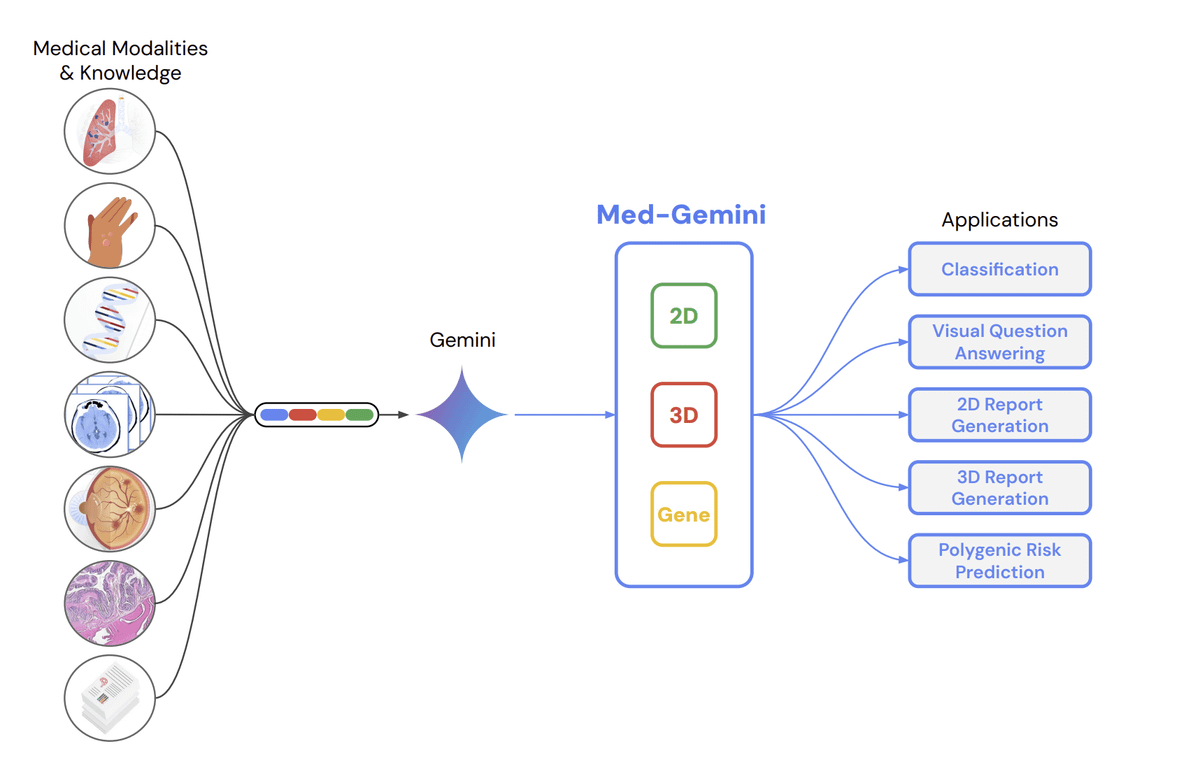South Korea is taking a unique approach to tackle a growing social issue: loneliness among senior citizens. In a pilot program, the government is deploying around 7,000 artificial intelligence (AI) robot dolls to elders living alone.
These dolls are more than just cuddly companions. Equipped with advanced language processing and emotional recognition capabilities, they can hold conversations, play music, and even offer reminders for medication.
This initiative stems from South Korea’s rapidly aging population. The country boasts one of the world’s lowest birth rates coupled with a high life expectancy, leading to a significant portion of the population living in solitude.
Here’s a closer look at this program:
- The Dolls: Developed by a Korean company, these AI companions are designed to be user-friendly for seniors.
- Addressing Loneliness: The dolls provide emotional support, fostering a sense of connection and reducing feelings of isolation.
- Beyond Conversation: Some dolls can even monitor vital signs and basic movements, potentially alerting caregivers to any health concerns.
While the program offers a promising solution, some points deserve consideration:
- Human Connection vs. AI Interaction: Critics argue that while dolls can provide some level of companionship, they cannot replace genuine human interaction.
- Privacy Concerns: Data collected by the dolls and potential security vulnerabilities need to be addressed.
The initiative has sparked global interest, raising questions about the future of elder care and the potential of AI to bridge social gaps.
Further developments to watch:
- Long-term effectiveness: Monitoring the program’s success in reducing loneliness and improving the well-being of senior citizens.
- Evolving technology: Advancements in AI could lead to more sophisticated dolls with capabilities like real-time medical monitoring and personalized care.
This pilot program in South Korea presents a glimpse into how technology can be utilized to combat social isolation among the elderly. While it sparks debate on the ideal solutions, it highlights the growing need for innovative approaches to address the challenges faced by aging populations worldwide.
South Korea’s local governments are deploying around 7,000 AI-robot dolls to seniors and dementia patients.
The $1,800 robot doll by Hyodal can hold full conversations to tackle loneliness and remind users to take medication.
Dystopian, yes, but the data is fascinating:
1.… pic.twitter.com/iGIs8NQ8p2
— Rowan Cheung (@rowancheung) March 11, 2024






Leave A Comment